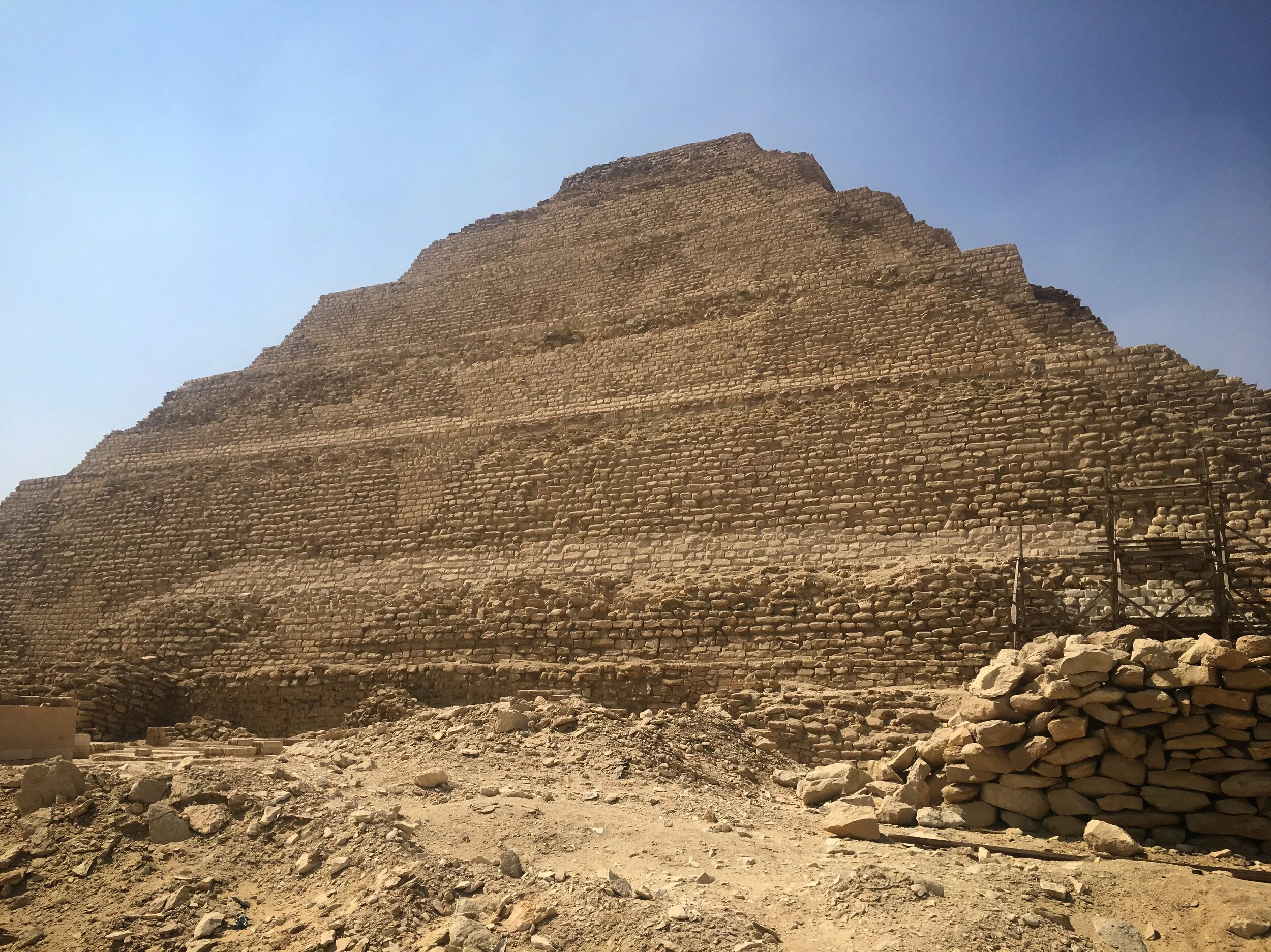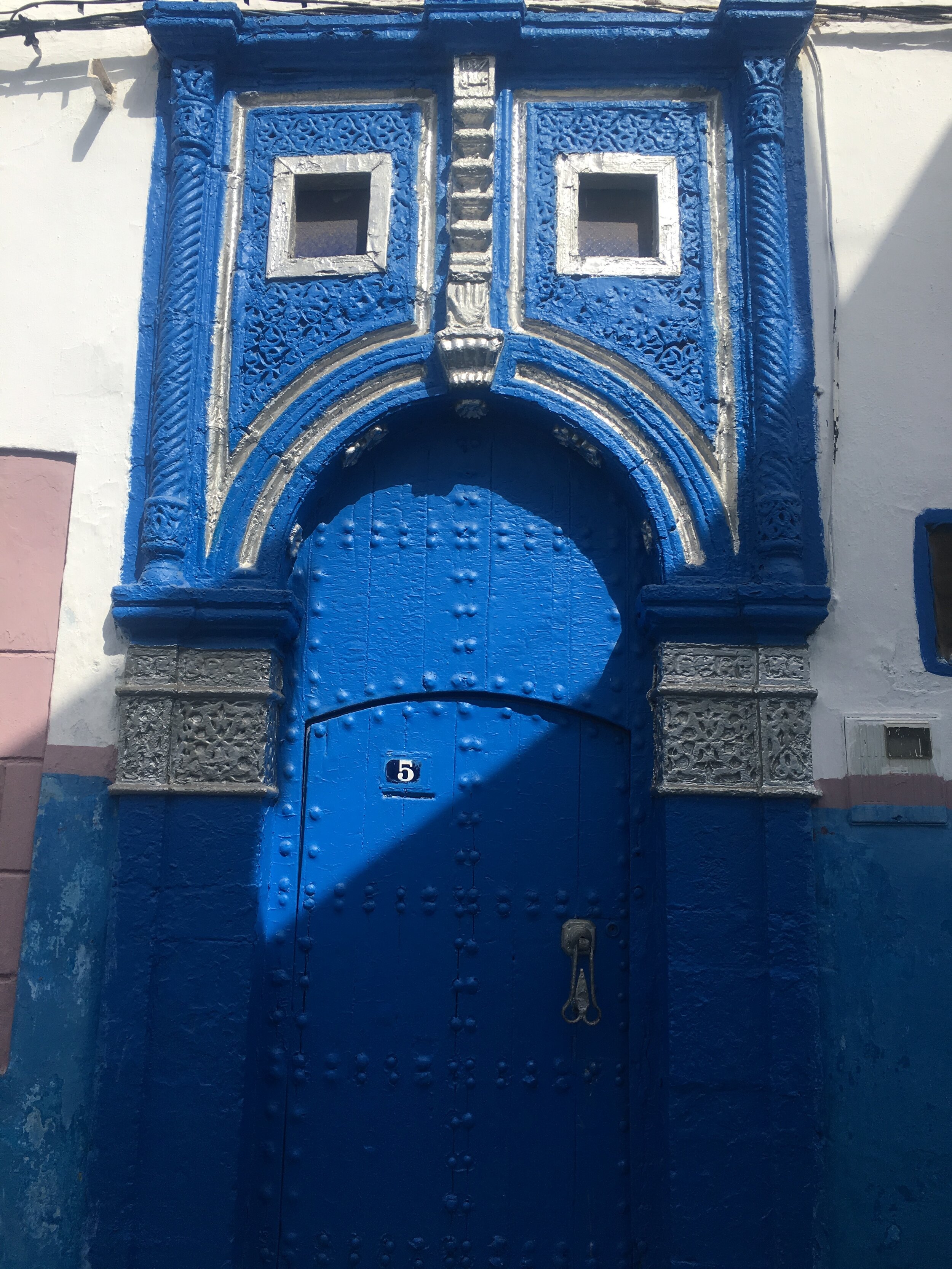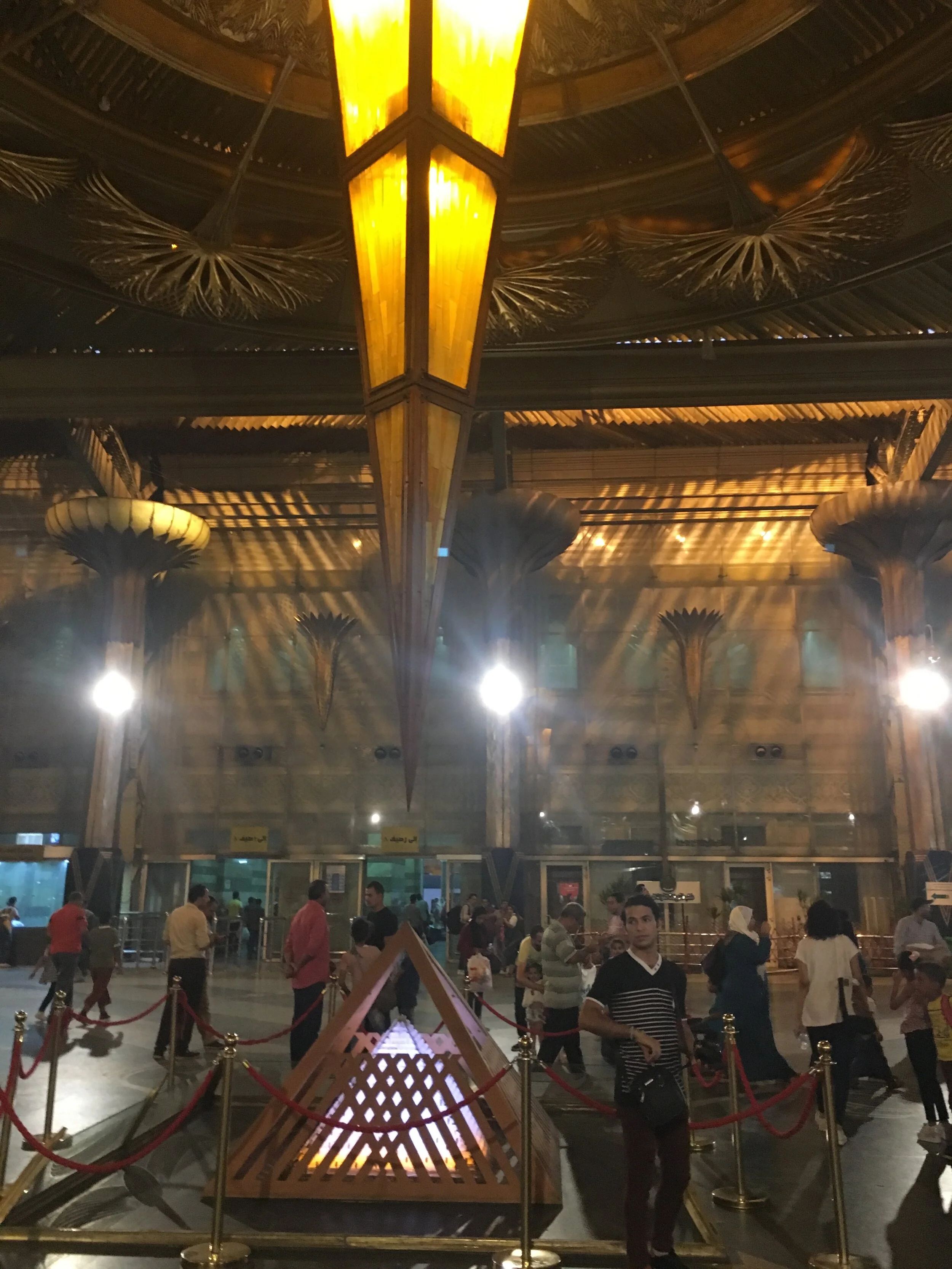Nubian Village
The motorboats ferry people from the east bank to the west bank of the Nile River in Aswan. The boats line up two and three deep next to the cruise ships and men in long, grey on-piece galabias drive them around Elephantine Island around the first cataract and to the Garb Sheila Nubian Village.
Camels trek along the dunes on the west bank of the Nile near Aswan.
Crocodile bodies bring protection to Nubian homes.
Camels wearing brightly colored saddles carry tourists around the dunes that rise up from the river bank unlike anywhere else on the river we’ve seen. The Sahara Desert was created by the hot breath of Sekmet, whose unrequited love for Set (he loved Nephthys,) angered the lion-headed goddess to no end. Or so one story goes.
The dunes contain the tomes of nobles, cemeteries of modern Egyptians and the ornate mausoleum of Agha Khan, the Shi’a leader with over 4 million followers. While the majority of Egyptians are Sunni muslim, Agha Khan came for the healing properties of the Aswan sand. He suffered from a chronic illness and found so much relief in burying his legs in the dunes that he told his family to bury his body in Aswan when he died. Agha Khan had many wives including a young French woman who until her death 5 years ago came to Aswan every year to place a red rose on his grave on the West Bank of the Nile.
Nubian houses are painted brightly with animal and domestic motifs. These murals greeted us at the ferry dock.
Past the cemetery are small islands full of birds and surrounded by river grasses. Red headed ducks, Ibises and herons hunt for food as our boat narrowly misses partially submerged rocks. The water in the cataract swirls and changes directions. We are heading upstream toward the old dam, built by the English during imperial times. The Nubian houses come into view. They are distinct with their colorful domed brick roofs.
Textiles are woven from Egyptian cotton by men on big horizontal looms.
Clay jugs keep water cool under the hot Egyptian sun.
It rarely every rains in Egypt but when it does, the Nubian villages are in trouble. Their mud brick homes can disintegrate with too much rain. Over 100,000 Nubians were relocated out of the valley that is now Lake Nassar. The reservoir for the High Aswan Dam was filled in 1970 covering thousands of acres of farmland, villages and ancient temples with Nile River water. UNESCO moved some of the most important temples to islands that wouldn’t be flooded including Philae Temple, home of the last known written hieroglyphics.
The Nubians are the self-proclaimed first people of Africa. They are black, not Arab and when we visit, we notice the strange custom of attaching a taxidermied crocodile above the doors for protection. I’ve wanted to badly to see a Nile crocodile and was crushed when I learned that they only live south of the High Dam and we probably wouldn’t see them. However, the Nubains visit Lake Nassar, kidnap the baby crocodiles and keep them in pens until they’re grown.
Taxidermied crocodiles were everywhere in the village.
Two Nubain girls followed us around and took us to the school. They were selling keychains made of dowels painted like women. They were cute but relentless. One was named Mano. They waited for us to finish our school visit, where Mr. Omar (who usually teaches adult women won never went to school) taught us to count in Nubian and Arabic and helped us write our name in Arabic script.
A brightly colored Nubian home with traditional arches.
This government funded school is for young children birth to age 6 and women who did not receive an education as children.
The Nubian language is an oral tradition although sometimes it’s written in the Latin alphabet, but it doesn’t have a written form. The girls stood up and talked to Motaz, our guide in Arabic, again making their sales pitch. They switched to Nubian to discuss the finer points of their business dealing. We ended up buying one wooden keychain woman in a yellow dress. The girls had seemed to be working together until one made the sale and the other didn’t. The other was indignant and wanted us to buy a second key chain. We had to let her down.
I imagined what the Nubian village was like before the tourists. Before the camel rides and henna, and sand artists. Before the basket weavers and cotton weavers were trying to sell their wares to visitors. Before the zebra masks for sale were on display next to the obelisks in cafes serving sesame, molasses and cheese on crusty bread with mint tea and hibiscus juice. I imagined a quiet, sandy place with domed house and fewer murals, fewer boats with Bob Marly flags, and fewer girls selling keychains.
Mr. Omar taught us the Arabic alphabet and how to count in Nubian and Arabic.














